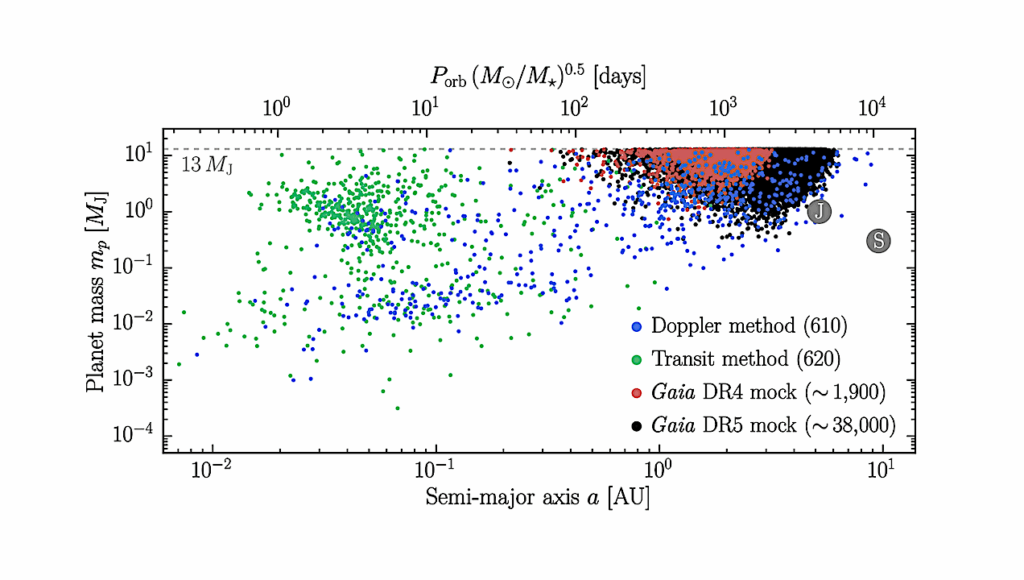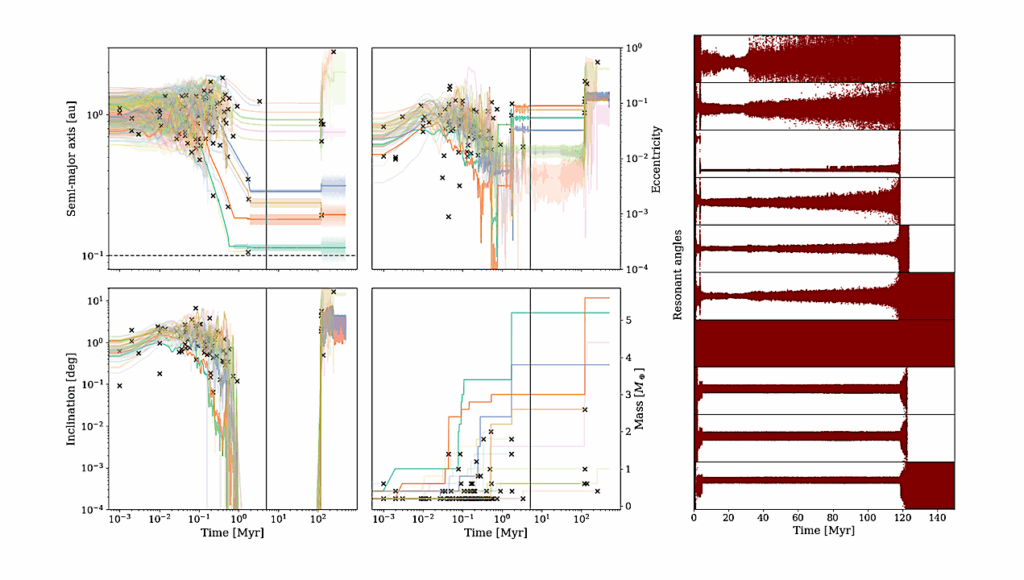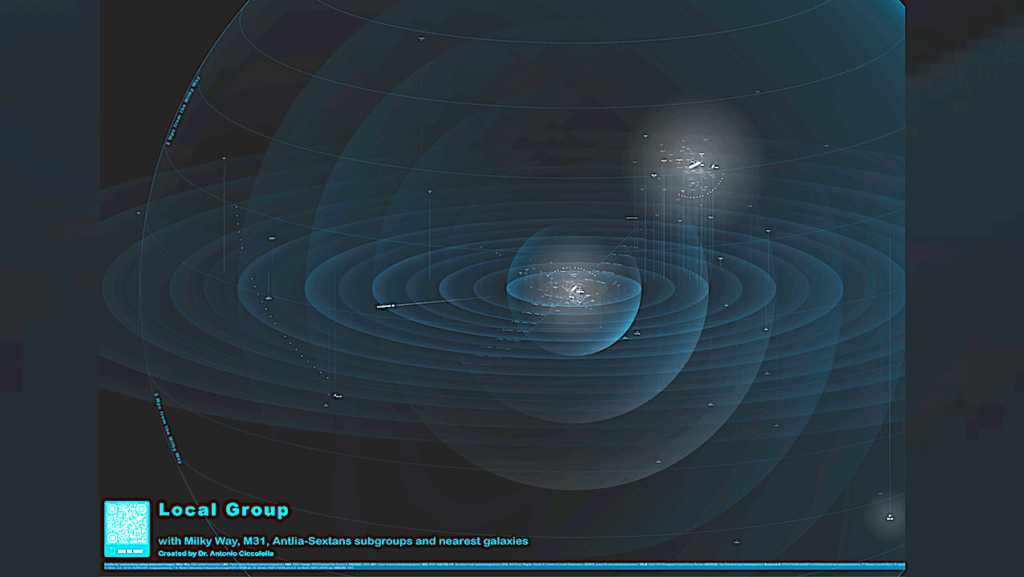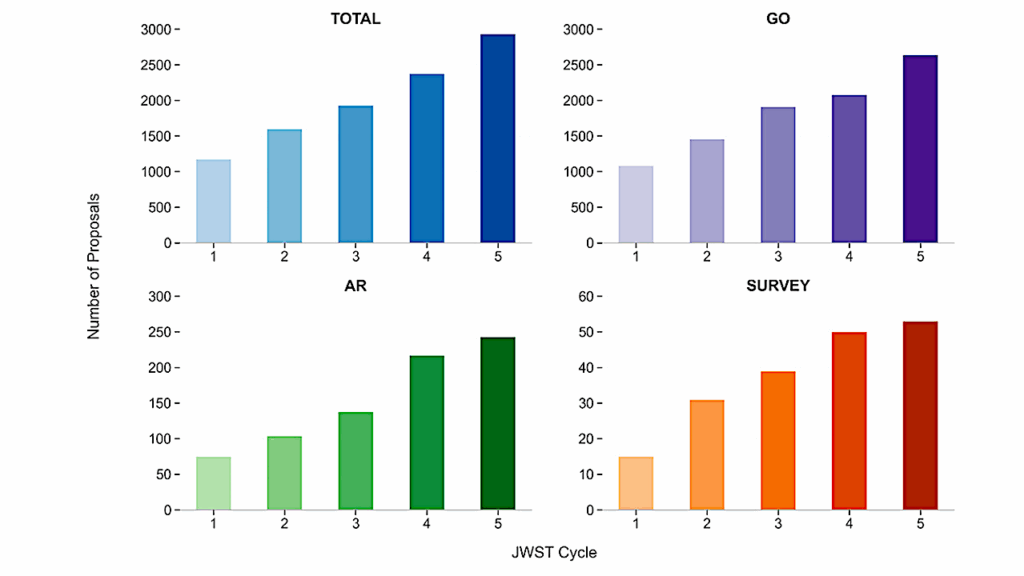Earth as an Extrasolar Transiting Planet: Detection of Water Vapor & Biogenic Species

The atmospheric composition of transiting exoplanets can be characterized during transit by spectroscopy.
or an Earth twin, models predict that oxygen and ozone biogenic gases should be detectable, as well as water vapour, a molecule linked to habitability as we know it on Earth.
The aim is to measure the Earth radius versus wavelength at the highest spectral resolution available to fully characterize the signature of the Earth seen as a transiting exoplanet. We present observations of Dec. 21, 2010 Moon eclipse. The Earth observed from the Moon during a lunar eclipse transits in front of the Sun and opens access to the Earth atmosphere transmission spectrum. We used two different ESO spectrographs to take penumbra and umbra high-resolution spectra from 3100 to 10400\AA. A change in moisture above the telescope compromised the UVES data.
We explain how we correct this effect. The data are analyzed by three different methods, the first method being the method described in Vidal-Madjar et al. 2010 based on the analysis of pairs of penumbra spectra. The second makes use of a single penumbra spectrum, and the third of all penumbra and umbra spectra. Profiles are obtained with the three methods for both instruments.
The first method gives the best result, in agreement with a model. The second method seems more sensitive to the Doppler shift of solar spectral lines with respect to the telluric lines. The third method makes use of umbra spectra that bias the result by increasing the overall negative slope of the profile. It can be corrected a posteriori from results with the first method. The three methods clearly show the spectral signature of the Rayleigh scattering in the Earth atmosphere and the bands of H2O, O2 and O3. Sodium is detected. Finally we show that the E-ELT will be able to detect the O2 A-band, and O3 and water vapour to a lesser extent, for an Earth twin at 10pc. Comments: Forthcoming publication in A&A – 21 pages, 27 figures, 7 tables. Abstract above slightly shortened wrt the original.
The Earth as an extrasolar transiting planet – II: HARPS and UVES detection of water vapour and biogenic species
Luc Arnold, David Ehrenreich, Alfred Vidal-Madjar, Xavier Dumusque, Christian Nitschelm, Richard R. Querel, Pascal Hedelt, Jerome Berthier, Christophe Lovis, Claire Moutou, Roger Ferlet, David Crooker (Submitted on 4 Feb 2014)
Subjects: Earth and Planetary Astrophysics (astro-ph.EP)
Cite as: arXiv:1402.0592 [astro-ph.EP] (or arXiv:1402.0592v1 [astro-ph.EP] for this version)
Submission history From: Luc Arnold [v1] Tue, 4 Feb 2014 02:04:29 GMT (2043kb)








